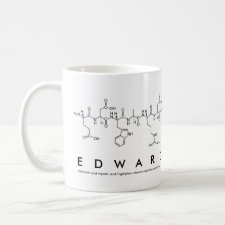
Authors: Yu JCC, Lai EPC
Article Title: Interaction of ochratoxin A with molecularly imprinted polypyrrole film on surface plasmon resonance sensor.
Publication date: 2005
Journal: Reactive and Functional Polymers
Volume: 63
Issue: (3)
Page numbers: 171-176.
DOI: 10.1016/j.reactfunctpolym.2005.03.001
Abstract: A molecularly imprinted polypyrrole (MIPPy) film was synthesized on the Spreeta sensor, a miniaturized surface plasmon resonance device, for detection of ochratoxin A (OTA). The MIPPy was electrochemically polymerized on the sensor surface from a solution of pyrrole and OTA in ethanol/water (1:9 v/v). The film growth was monitored in situ by an increasing SPR angle. Binding properties of the MIPPy film were investigated by loading OTA standard solutions into the integrated 20-μL flow cell. After 300 s, nonlinear regression was used to determine the maximum binding signal (Δ 300). Spreeta results showed that Δ 300 was measurable for OTA concentrations down to 0.05 ppm. By pulsed elution, 1% acetic acid in methanol/water (1:9 v/v) was found to be efficient for regeneration of the MIPPy film surface. Interference by the matrices of wheat and wine extracts was evaluated. No significant binding of the wheat extract with MIPPy was observed when acetonitrile/water (1:1 v/v) was used as the mobile phase
Template and target information: ochratoxin A, OTA
Author keywords: surface plasmon resonance, polypyrrole, molecularly imprinted polymer, ochratoxin A, Spreeta



Join the Society for Molecular Imprinting

New items RSS feed
Sign-up for e-mail updates:
Choose between receiving an occasional newsletter or more frequent e-mail alerts.
Click here to go to the sign-up page.
Is your name elemental or peptidic? Enter your name and find out by clicking either of the buttons below!
Other products you may like:
 MIPdatabase
MIPdatabase









